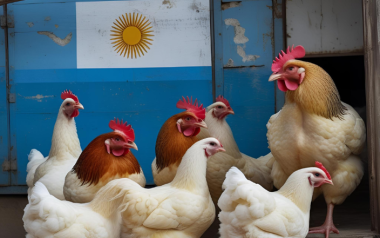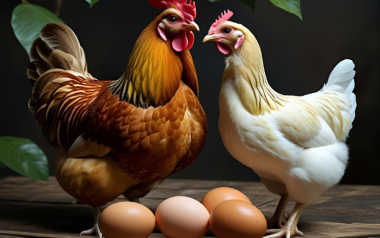Sources: Available upon request.
06 Dec 2024
Turkey prices stay stable despite Bird Flu and rising grocery costs
In recent years, the turkey market has faced significant challenges, including the impact of avian influenza (bird flu) and rising grocery costs. Despite these hurdles, turkey prices have remained surprisingly stable, providing some relief to consumers during the holiday season.
In recent years, the turkey market has faced significant challenges, including the impact of avian influenza (bird flu) and rising grocery costs. Despite these hurdles, turkey prices have remained surprisingly stable, providing some relief to consumers during the holiday season.
Impact of Bird Flu
The avian influenza outbreak has had a notable impact on turkey production. The American turkey flock is the smallest it has been since 1985 due to the bird flu. This disease has led to the culling of millions of birds to prevent the spread of the virus, significantly reducing the supply of turkeys. However, the overall demand for turkey has also decreased, which has helped to balance the market and keep prices from skyrocketing.
Grocery costs and inflation
Inflation has been a major concern for consumers, with grocery prices rising across the board. Despite this, the price of turkey has not seen the same dramatic increases as other food items. The American Farm Bureau Federation reported that the average price of a 16-pound turkey was $25.67 in 2024, a 6% decrease from the previous year. This is a welcome change for consumers who are already feeling the pinch from higher prices on other grocery items.
Factors contributing to stable prices
Several factors have contributed to the stability of turkey prices. One key factor is the efficiency improvements within the turkey supply chain. Producers have adapted to the challenges posed by bird flu and inflation by optimizing their operations and reducing costs where possible. Additionally, the decrease in consumer demand for turkey has played a role in keeping prices steady. With fewer people purchasing turkeys, there is less pressure on the supply, which helps to prevent price spikes.
Consumer choices and alternatives
While turkey remains a popular choice for holiday meals, some consumers are opting for alternative proteins due to concerns about bird flu and rising costs. Options such as ham, chicken, and plant-based proteins are becoming more popular, providing consumers with a variety of choices for their festive feasts. This shift in consumer behavior has also helped to alleviate some of the pressure on turkey prices.
Looking ahead
As the turkey industry continues to navigate the challenges of bird flu and inflation, it is likely that prices will remain relatively stable in the near future. Producers are committed to maintaining a steady supply of turkeys while ensuring that prices remain affordable for consumers. This resilience in the face of adversity is a testament to the strength and adaptability of the turkey industry.
In conclusion, despite the significant challenges posed by bird flu and high grocery costs, turkey prices have remained unflappable. This stability provides a glimmer of hope for consumers looking to enjoy their traditional holiday meals without breaking the bank.










































